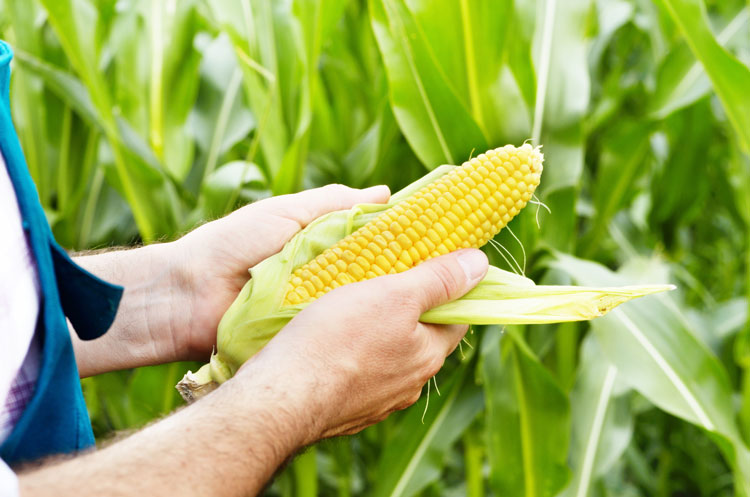
Expectations for feed markets have changed rapidly. Since the August World Agricultural Supply and Demand Estimates (WASDE) report projected corn ending stocks for the 2020-2021 crop year at 2.76 billion bushels, nearly every monthly report has reduced projected corn ending stocks. This month’s estimate dropped to 1.50 billion bushels. Soybean stock expectations have been on a similar trajectory, declining from 610 million bushels in August to just 120 million bushels this month.
Not surprisingly, price projections have climbed right along with the stock reductions. The August projections of $3.10 per bushel for corn and $8.35 for soybeans for a 2020-2021 marketing year average now stand at $4.30 for corn (+39%) and $11.15 for soybeans (+34%).
More volatility
Tighter crop supplies not only elevate expected prices, they also tend to raise volatility. For the last 30 corn marketing years, the range of monthly average nearby futures has widened considerably when stocks-to-use ratios declined.
- For the 11 years with corn stocks-to-use at 15% or greater, the difference between the minimum and maximum monthly average of nearby corn futures was just 51 cents per bushel. The high was 83 cents.
- For the 15 years with stocks-to-use between 10% to 15%, the range averaged $1.26, with a maximum of $3.48. Three years the range even exceeded $2 per bushel.
- In the four years with stocks-to-use below 10%, the range averaged $1.78, with the range greater than $2 per bushel in two of the four years.
A smaller crop arrived in bins
The expected corn stocks-to-use ratio has shrunk from 18.7% to 10.3%, with the largest driver of the change due to reductions in the size of the 2020 crop. Recognize that in addition to driving up feed prices, this will likely cause more price volatility, both to the upside and the downside. This will make the timing of feed purchasing decisions more important than has been the case recently.
What to do on the dairy
While attempting to perfectly time the market is always a futile endeavor, being prepared to act on opportunities to manage higher feed costs is necessary this year. With the projected size of the 2021 crop a major factor in price movement along with export demand fluctuations, pay attention to developments in South American crop size prospects this winter and the release of the “U.S. Prospective Plantings” report in late March. These and other developments in the 2021 growing season could move markets quite substantially and remaining vigilant to opportunities to effectively price feed could prove essential to profitability in this time of higher feed costs.








